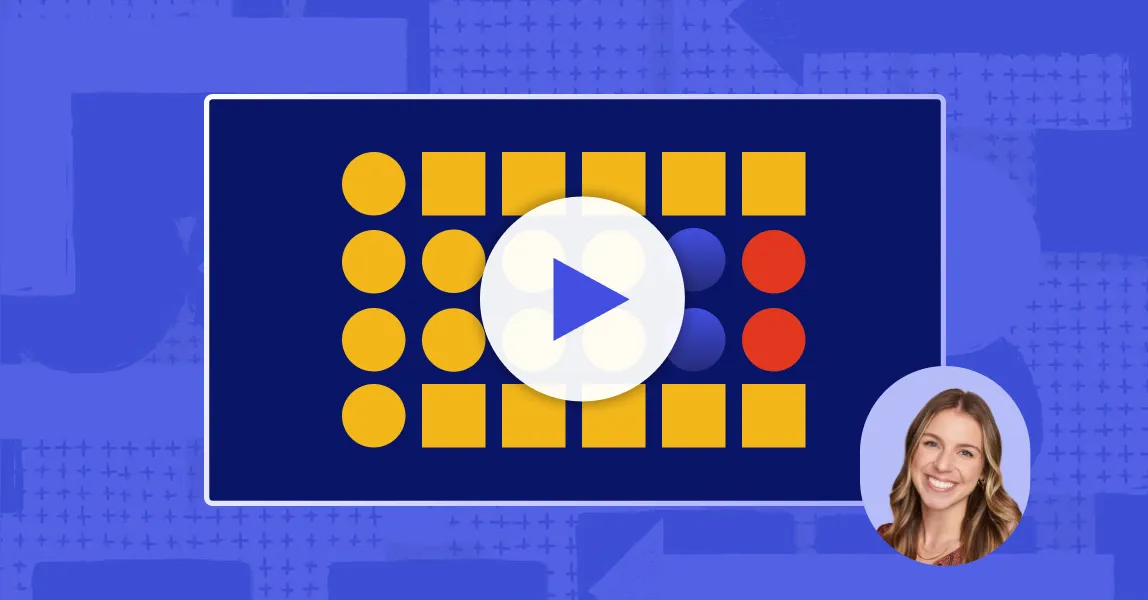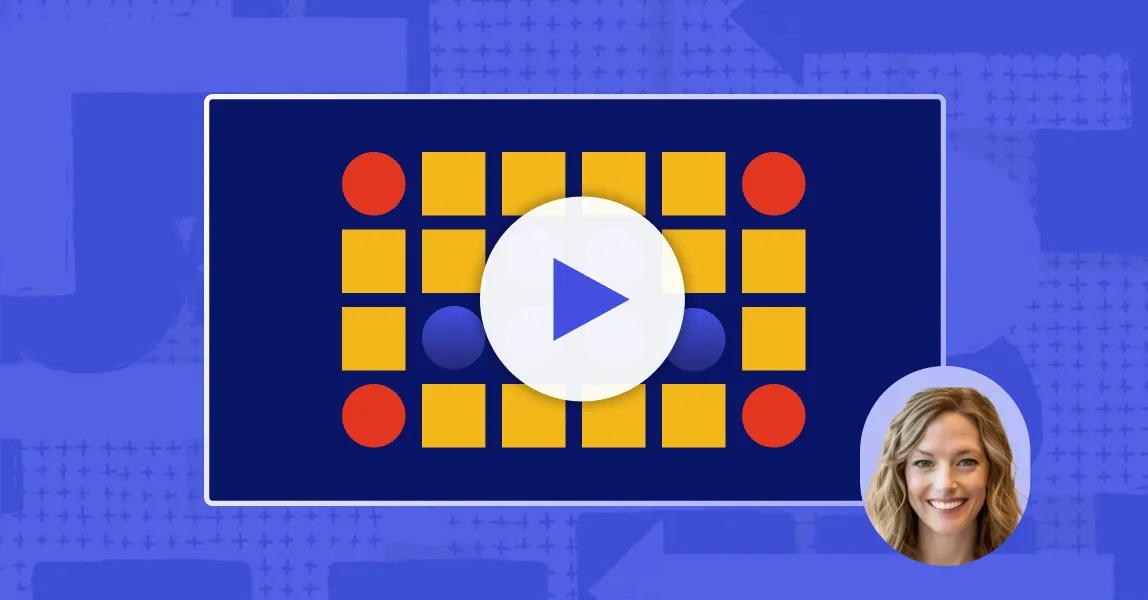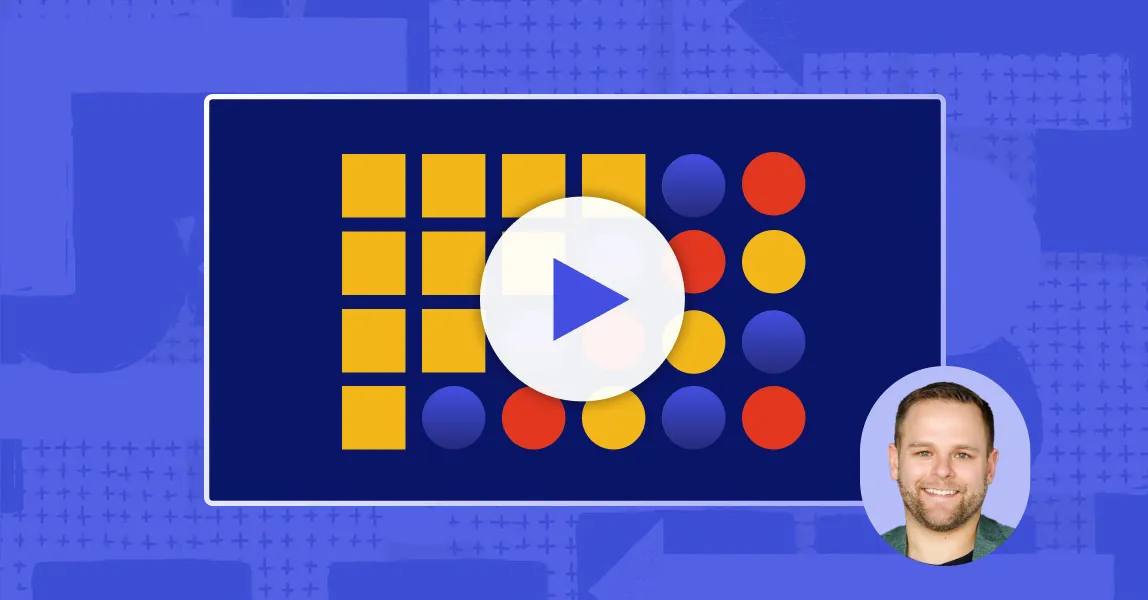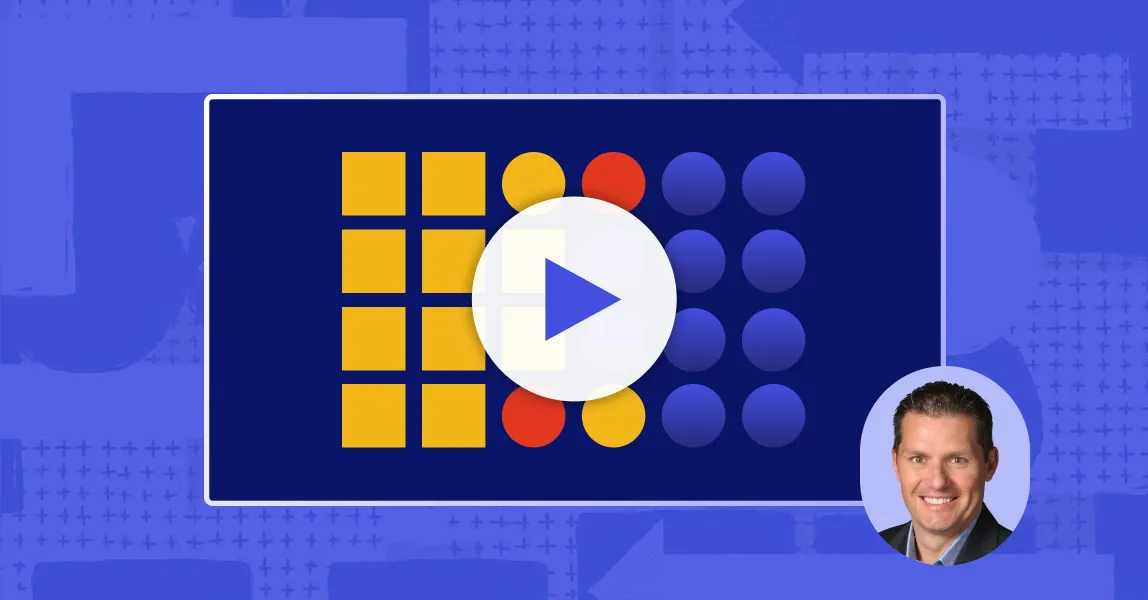Scaling through ecosystems using PartnerStack
In this featured play, expert McBain breaks down exactly how to win in the Decade of the Ecosystem using the smart principles, the right tools and effective daily tactics — selling not just to customers alone, but through ecosystems.
Jay McBain, Chief Analyst at Canalys.
Jay McBain, Chief Analyst at Canalys, is a strong advocate for partnerships through the entire funnel. In a world where 89% of sales reps rely on partners and 96% plan to, your GTM strategy must shift from siloed channels to orchestrated influence. In this expert playbook, McBain shares his modern view of how to build a partner ecosystem in B2B SaaS.
Watch and listen to Jay McBain on Get It, Together, powered by PartnerStack.

Here's a step-by-step breakdown of how McBain scales through ecosystem, from insight to execution:


Understand influence: Conduct an audit of your ecosystem
At the heart of a successful partner strategy is understanding influence. As McBain puts it, "You can’t win deals with zero influence. You need at least three to four trusted voices around every buyer." This principle guides how you define your strategic posture and build your entire ecosystem.
To set your ecosystem up for success, McBain suggests starting with a tactical and strategic audit. Use these questions to assess your go-to-market readiness by analyzing with the following lens:
- Buyer
- Sub-industry
- Geography
- Segment
- Product
- Model
This analysis will allow you to map around how your customers truly buy, rather than simply focusing on how you sell.
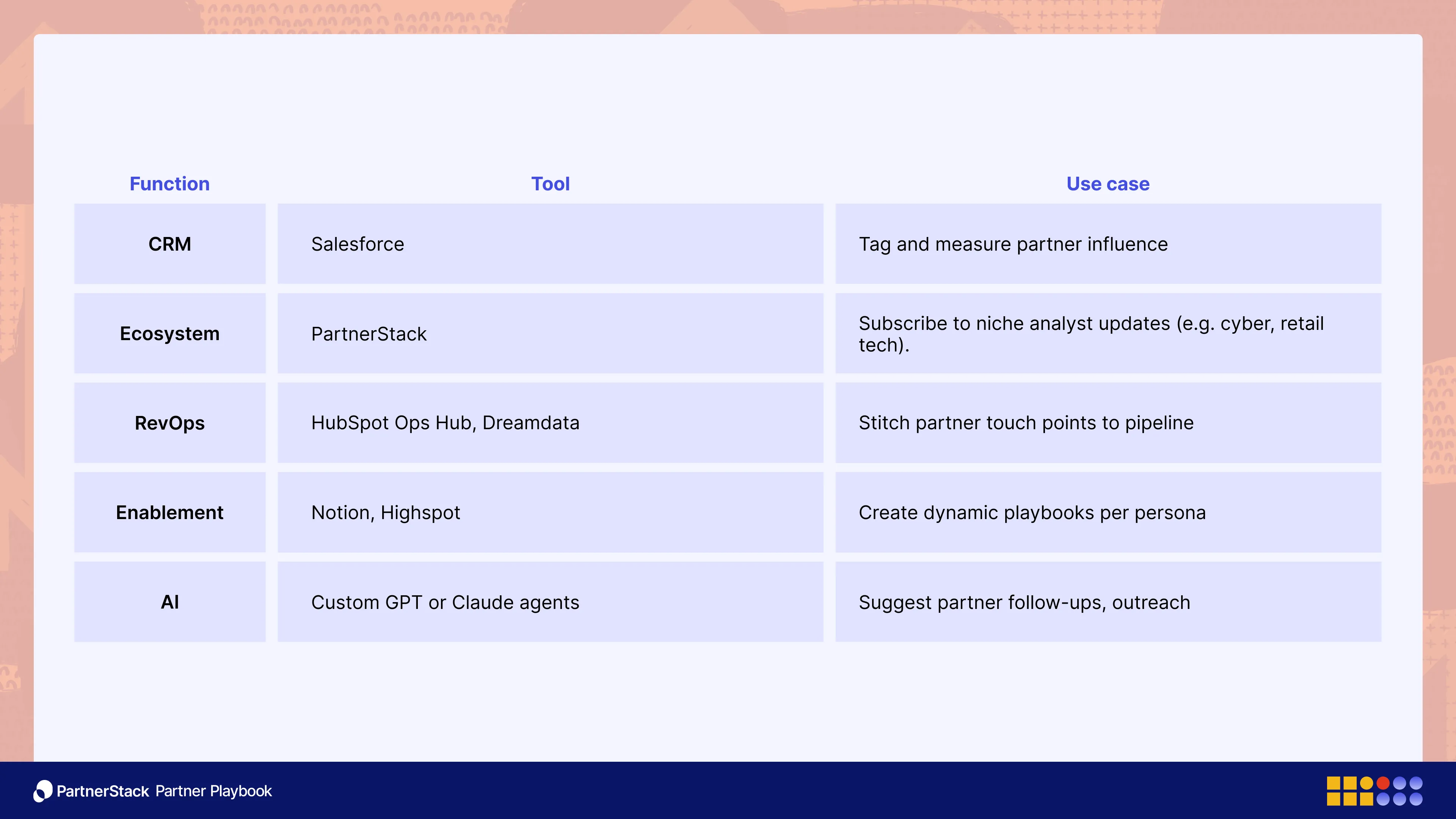

Arm your ecosystem with the tech and data to support every touchpoint
As the saying goes, “You lose most deals in the moments you never even knew existed.”
This means adopting a surround strategy, where your focus expands to encompass the key people who shape decisions across the key moments of the buyer journey. It's about understanding the entire ecosystem of influence around your potential customers.
To truly optimize your revenue and partner operations, you need a clear understanding of every touchpoint that shapes a deal, from initial awareness through purchase, renewal and even into advocacy.
To achieve this, you'll be leveraging a suite of powerful tools:
- CRM touchpoints: Platforms like Salesforce and HubSpot are crucial for tracking interactions throughout the sales cycle.
- Partner-sourced data: Use a dedicated partner platforms such as PartnerStack to gain insights into partner-driven activities.
- Attribution software: Tools like PartnerStack, Dreamdata and HockeyStack will help you understand the true impact of various touchpoints.
- Community intelligence: Platforms like Crossbeam can provide valuable insights into shared customers and partnership opportunities.


Identify moments of partner-influence in your buyer journey
According to Canalys insights, “The modern buyer experiences 28 moments (on average) that lead them to a purchase decision and vendor selection. Many of those moments are with or through third-party partners, marketplaces, thought leaders or influencers with specialized knowledge and expertise.”
With your tools in place, you're ready to conduct a moment mapping workshop of your buyer. This crucial step involves aligning your RevOps and PartnerOps and other GTM teams to collaboratively identify the key signals that influence a deal, especially concerning partner involvement, to optimize the entire revenue generation process.
This can include activities like:
- Empathy building: Start by stepping into the shoes of the customer.
- Mapping the current state: Visually lay out the existing journey step-by-step.
- Identifying moments: Pinpoint the significant interactions, decisions or emotional shifts.
- Highlighting pain points and opportunities: Collaboratively identify where things go wrong, where there are gaps and where improvements can be made.
Next, it's all about tagging and tracking. Implement PartnerStack tracking and map it directly to your CRM fields. This allows you to meticulously tag and track every partner-influenced touch. Finally, to take your insights to the next level, incorporate an AI layer. Use agentic AI to suggest the next best actions based on the stacked moments, proactively guiding your teams towards successful outcomes.


Design a scalable partner program architecture
When building out your partner program, remember: “There’s 3.2 roles per partner — treat them accordingly.” This means moving beyond a one-size-fits-all approach and designing a partnerships framework that acknowledges the diverse ways partners can contribute to your success.
Don't fall into the trap of boxing in your partners with rigid labels. Today's partners often wear three or more hats, acting in various capacities. Instead, design your programs around specific moments in the buyer's journey, not around predefined partner types. This flexibility allows for a more dynamic and effective partner engagement.
To achieve this, consider a robust framework that categorizes partners by their engagement and funding motions:
- Co-sell partners: This category of transactional partners includes resellers, VARs (Value-Added Resellers) and agency partners. Their primary incentive often revolves around margin on sales or a deal split, where they earn a percentage of the revenue from deals they bring in or close.
- Influencer partners: Think of affiliates, advocates and consultants here. These partners drive awareness and leads, typically compensated through a CPA model or a revenue share based on the sales they influence.
- Integration partners: This group comprises ISVs and system integrators. Their value comes from building complementary solutions or integrating your product into larger systems. Their incentives often involve co-building new features or solutions and extensive co-marketing efforts to reach shared audiences.
- Retention partners: These are partners focused on the post-sale lifecycle, such as support services and MSPs. Their funding motion is often tied to a post-sale percentage of ARR, ensuring ongoing value and customer success.
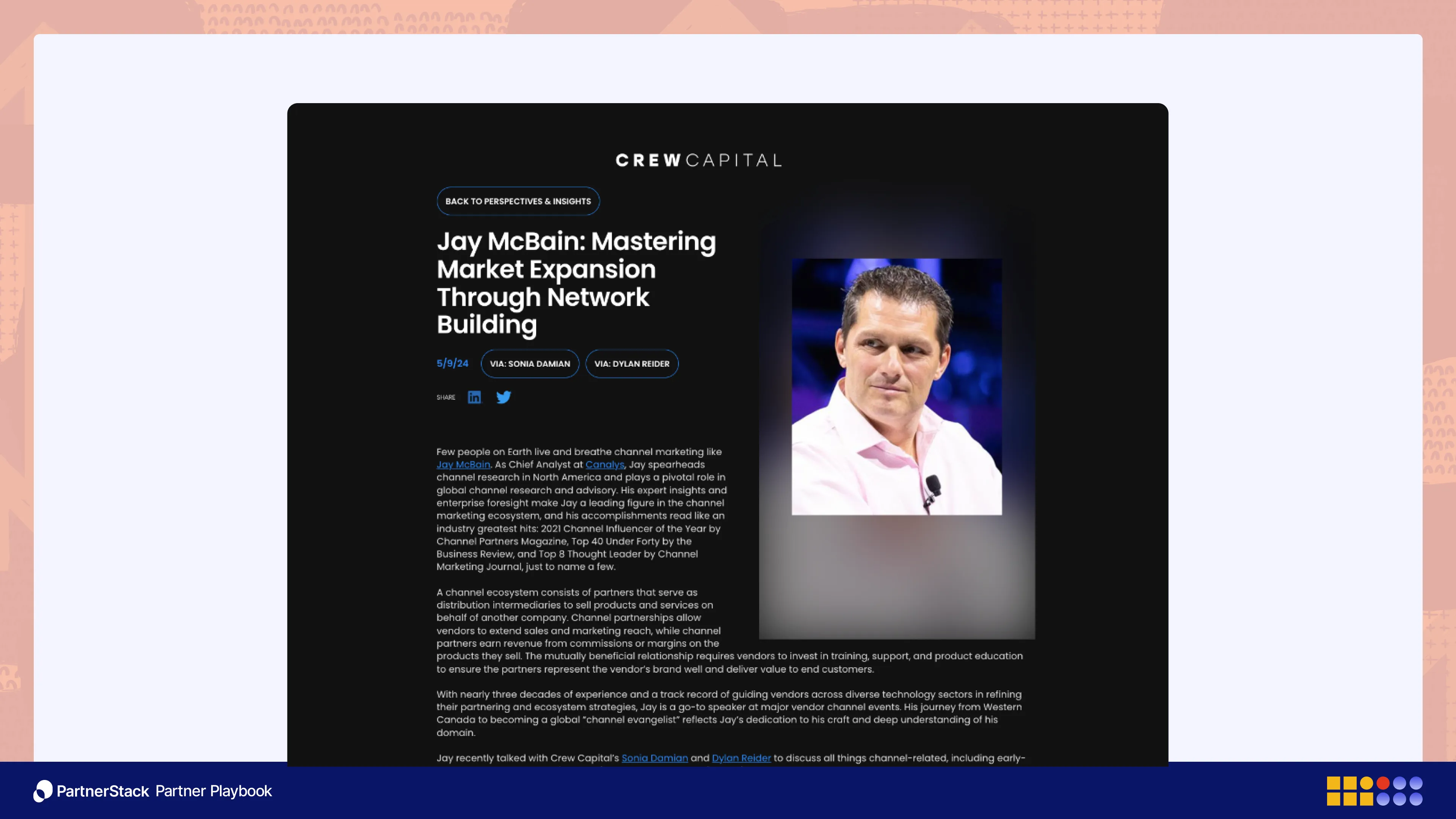

Activate community and influence for growth
Next, build a robust strategy to engage with the communities and influencers who are already shaping your target audience's conversations. Focus on identifying and activating the key hubs and individuals who hold sway in your industry:
- Watering holes: These are the digital and physical spaces where your ideal customers (TAM) congregate, such as podcasts, industry events or niche Slack groups.
- Influential folx: Once you know where your audience is gathering, you'll want to build relationships with the top 10 influencers in your space. These are the thought leaders and super connectors whose voices resonate most with your target audience. Share content into communities with a clear POV within relevant communities to establish your authority. With these relationships in place, you can then run co-marketing or micro-ambassador programs leveraging these influencers, amplifying your message authentically.


Establish your weekly cadence for partnerships success
To ensure your partner program runs like a well-oiled machine and consistently drives revenue, establishing a clear, tactical weekly cadence is essential. This routine helps both your RevOps and PartnerOps teams stay aligned, proactive and focused on maximizing partner-influenced opportunities.
Here's a breakdown of how you can structure your week of partnerships activities for optimal results:
- Monday: Dive into your pipeline to review all new partner-influenced deals. This ensures you're on top of recent developments and can quickly identify any immediate actions needed.
- Tuesday: It's time for a critical sync between PartnerOps and RevOps. Use this meeting to review any gaps in your moment map, ensuring everyone understands where the customer journey might be breaking down or where partner influence can be further optimized.
- Wednesday: Dedicate time to highlighting one community conversation to amplify or join. This keeps your finger on the pulse of your ecosystem, allowing you to engage where your partners and customers are already talking.
- Thursday: Leverage your insights. Identify one next best action AI insight and act on it. This is where your AI layer truly pays off, providing actionable recommendations to guide your strategy.
- Friday: Wrap up your week on Friday by sharing one win or learning with your internal teams or on LinkedIn. This not only celebrates successes but also fosters a culture of continuous improvement and keeps everyone informed about the impact of your ecosystem efforts.
By adhering to this structured weekly cadence, your teams will maintain momentum, proactively address challenges and consistently drive greater value from your partnerships programs.
You’re not just building a channel. You’re building an ecosystem offence. The difference? One’s optional — the other is inevitable

Meet Get It, Together expert guest Jay McBain:
This partnerships expert is a strong advocate for partnerships through the entire funnel and is currently the chief analyst at Canalys.
Learn the secrets of partnerships success
Sign up for our newsletter to enjoy premium partnerships and ecosystem content you can’t get anywhere else.
By submitting this form you agree to PartnerStack's Privacy Policy.




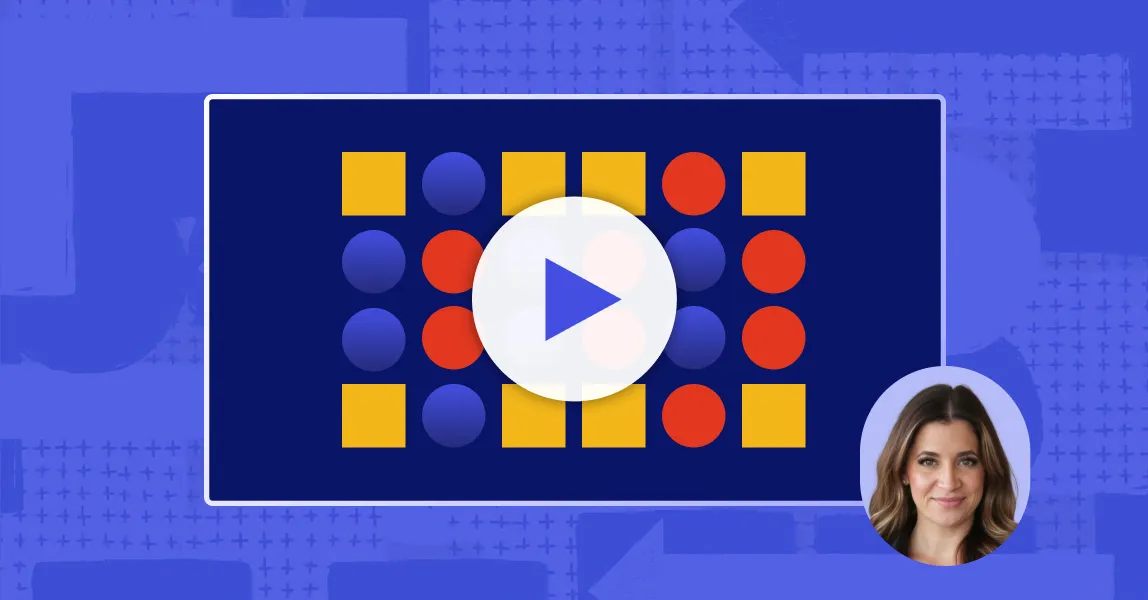
.webp)
